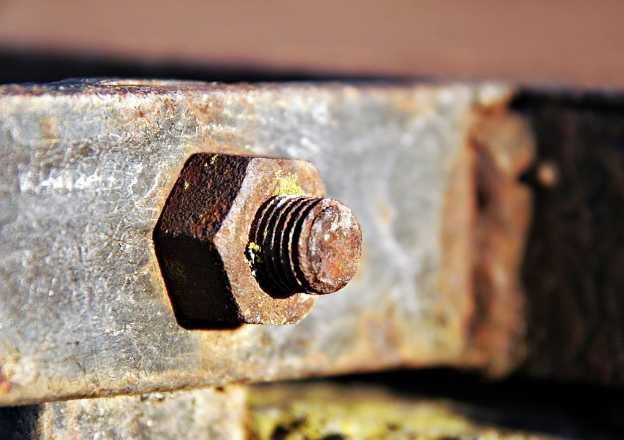Contractors and DIY enthusiasts find penetrating oils handy for loosening rusty bolts, screws, and nuts. These oils have low viscosity levels and surface tension and can flow easily through tight areas and cracks.
Features of Penetrating Oils
Penetration oils consist of lower alkylbenzenes, polymethacrylates, and lower alkanols. They also contain methyl silicones, tetra-dibutyl-p-cresols, and zine thiophosphates. Many penetrating oil manufacturing companies produce penetrating oils based on customer requirements. Thus, most brands come as penetrating oil spray, penetrating fluids, penetrating lubricants, and liquid wrench penetrating oils.
Whichever form they come in, these oils have petroleum-based features, including low surface tension and less viscosity. These features give them the ability to penetrate cracks, eliminate rust, loosen metal connections, and prevent corrosion.
Types of Penetrating Oils
Penetrating oils are ideal for a variety of domestic and commercial applications. The various types available in the market include;
- Synthetic and Semi-Synthetic Fluids– These are suitable for industrial applications. They contain esters, chlorofluorocarbons, water, synthetic fluids, poly-glycol, and silicone. They are translucent and highly effective.
- Micro Dispersant Oils- They have solid lubricating particles. Micro dispersant oils exhibit natural oil bases such as tetra-fluoro-ethylene, graphite, or boron. They have good fire resistance.
- Straight Oils- These are pretty common for industrial uses. However, you can also find them viable for domestic applications. Straight oils have a non-emulsifying characteristic and contain sulfur, fats, phosphorus, esters, and pressure additives.
- Water Soluble Fluids– Also known as emulsions, water-soluble fluids have high dilution and low concentration features. They are commonly used as cutting fluids for metal particles.
Penetrating Oils Vs. Lubricants
Although many people think that penetrating oils and lubricants are similar products, that is not the case. Some manufacturers make it more confusing by using words such as penetrating oil, lubricant, or fluid interchangeably.
Of course, these products are different in application and composition. Penetrating oils have low viscosity and will easily loosen metallic parts. However, they are not ideal for general-purpose lubricant applications as they cannot have a lasting effect. On the other hand, lubricants have high viscosity or are semi-solid and help reduce friction and prevent corrosion.





